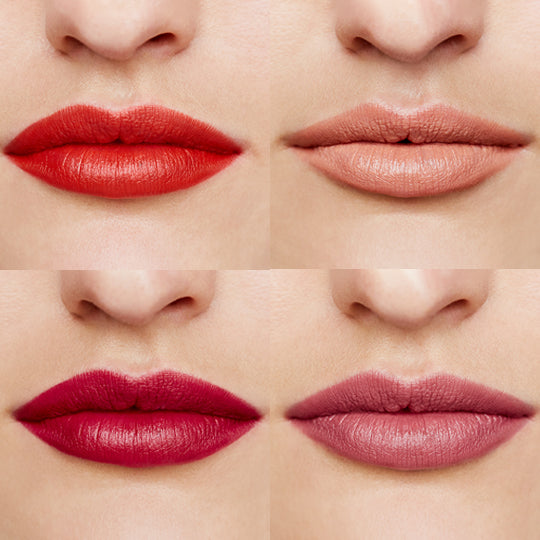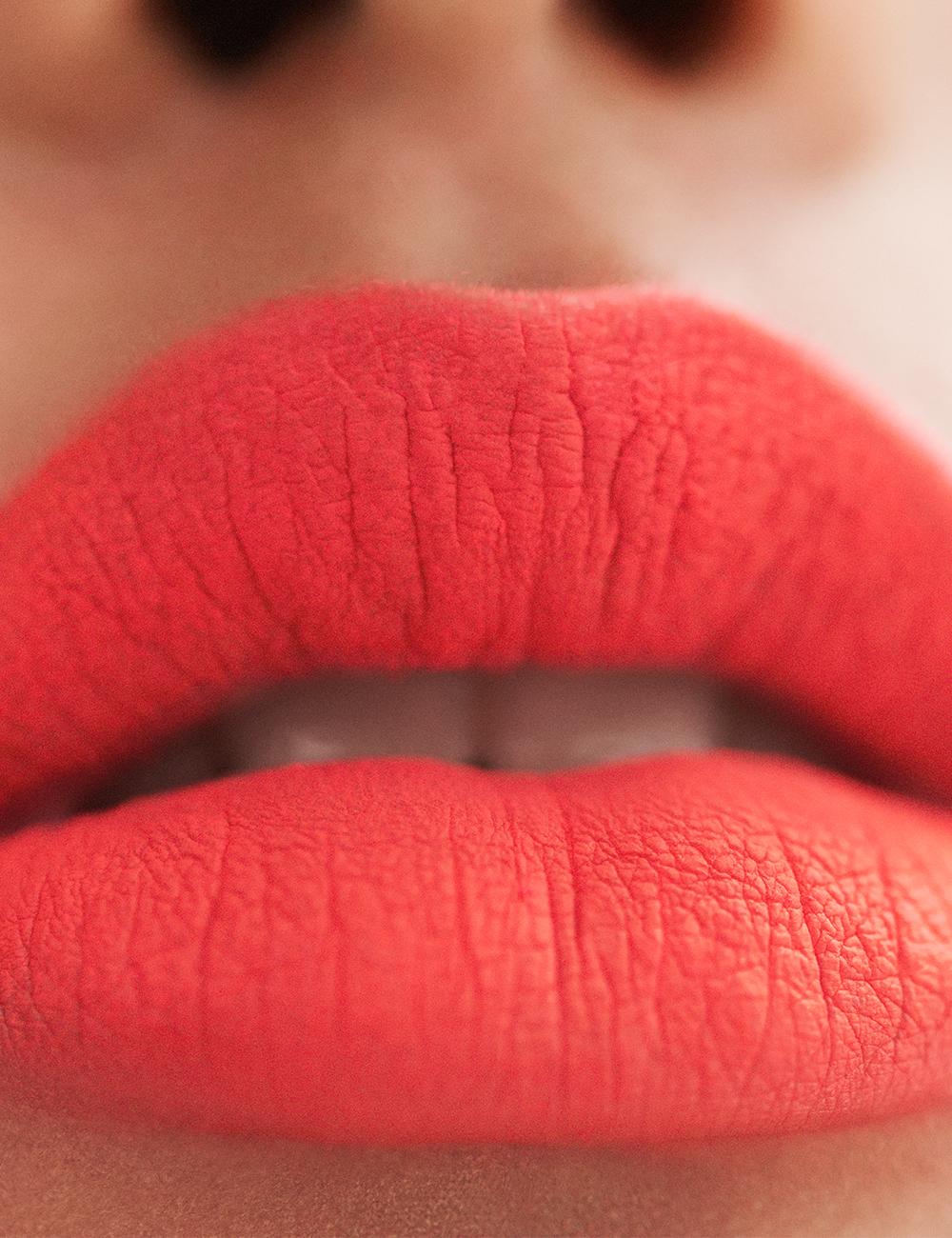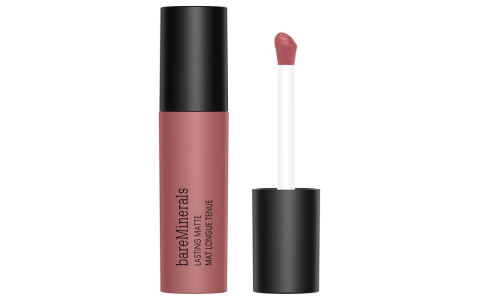Okay, let’s talk about finding the right lip color. Honestly? It took me forever. I spent way too much time, and probably money, trying to figure this out.

I started where everyone seems to tell you to start: undertones. You know, the whole ‘Are you cool, warm, or neutral?’ thing. I stared at the veins in my wrist. Green? Blue? Blue-green? Who knows. I tried the gold vs. silver jewelry test. Still confused. Bought lipsticks that were supposedly ‘cool-toned’ because I thought I was cool. Looked washed out. Tried ‘warm-toned’. Looked weirdly orange.
Trying What Others Suggested
So, I gave up on the undertone guessing game for a bit. I started looking at what other people recommended. Saw articles saying orange shades could be good for certain skin tones. I grabbed an orange-ish lipstick. Put it on. Nope. Just… nope. Made my teeth look yellow, wasn’t flattering at all.
Then you see those recommendations, like ‘This celebrity wears this specific NARS shade!’ Okay, fine. I tracked down one of those popular ones. Think it might have been that Morocco color people talk about. Looked okay, I guess? But the darn thing disappeared after like, an hour. I need something that sticks around longer than my first cup of coffee.
The Store Swatching Problem
You know what else didn’t really work? Swiping colors on the back of my hand in the store. They always look different there! The lighting is weird, and your hand skin isn’t the same color or texture as your lips. I’d buy something based on a hand swatch, get home, put it on my lips, and just be disappointed. Felt like a waste of time and product.
Figuring Out My Own Way
I was getting frustrated. Then I stumbled across a different idea somewhere: try matching the lipstick to the darkest part of your natural lip color. Like, the inside edge, that ‘vermillion’ border or whatever they call it. Seemed simpler.

So, I actually did it. Went to the mirror in good natural light. Really looked at my lips. Noticed the outer edges are lighter, but there’s a deeper pinkish-mauve color more towards the inside.
- Step 1: I pulled out all the lipsticks I owned. Yes, all of them.
- Step 2: I held each one up near my lips, comparing it to that darkest natural shade.
- Step 3: A lot got tossed into the ‘definitely not’ pile immediately. Too brown, too orange, too pale, too neon.
- Step 4: I started focusing on shades that seemed in the same family as my natural darkest lip color.
For finding a good ‘nude’ or everyday color, I aimed for something maybe one shade lighter than that darkest part, but making sure it had that similar pinky-mauve base, not too peachy or beige. This worked way better! It looked natural, like my lips but better.
For bolder colors, using that same natural tone as a reference point helped too. It stopped me from picking reds that clashed or berries that looked too purple or muddy on me. It’s like it gave me a baseline to compare against.
So, what lip color is right for me? Turns out, it’s usually one that’s related to my own natural lip color. Forget the complicated rules about undertones I couldn’t figure out anyway. Looking at my own lips was the key. Took a while to get here, lots of wiping off bad choices, but now shopping for lipstick feels less like guesswork. I just compare potential buys to that inner lip color reference point I’ve figured out. Much easier.

